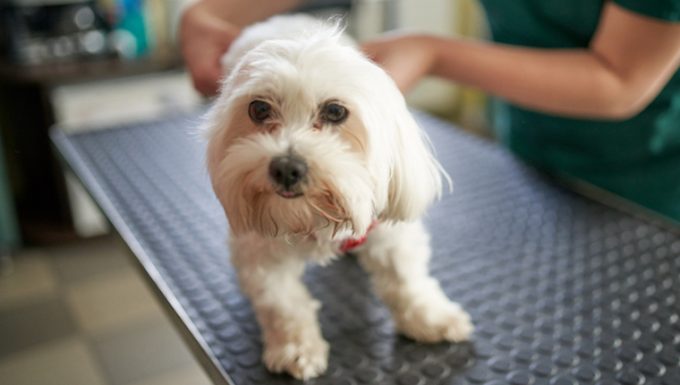Inflammation of the abdomen due to bile leakage in dogs affects a dog’s abdomen. There is usually an underlying cause to the condition.
The condition is considered to be a serious one. Unfortunately, the condition can be life-threatening.
Technically, the condition is also known as bile peritonitis. You can also read more about peritonitis in general over









